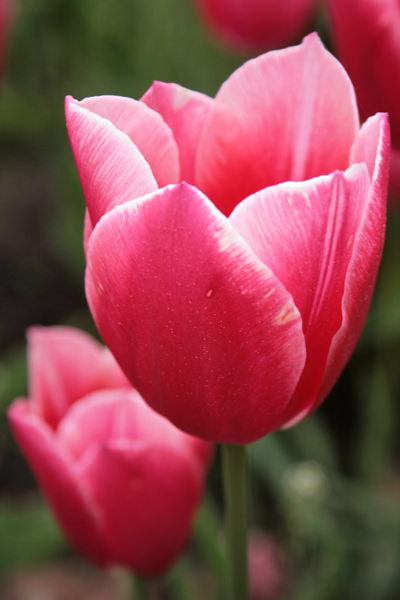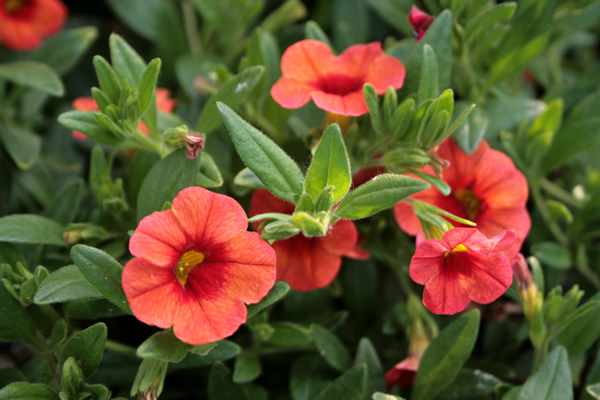
Tag: plant
Photo: Sunset on Ottawa River, Branch, July 16, 2011

Photo: Red on Green, July 1, 2011
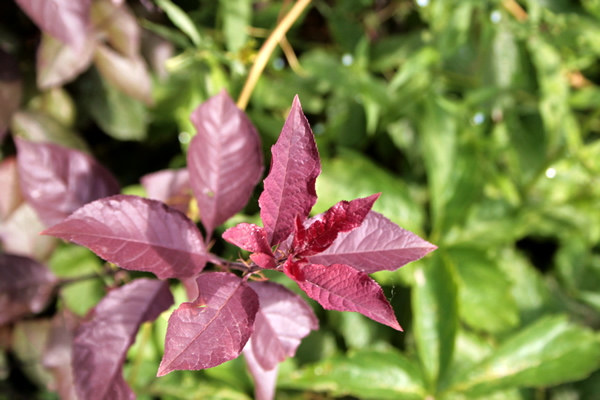
Photo: Black on Orange, July 1, 2011
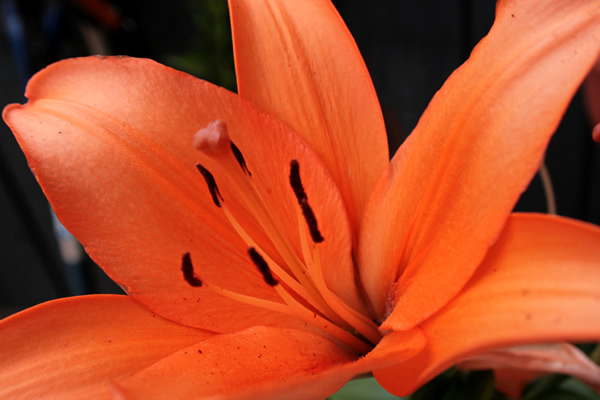
Photo: Three Purple Gramophones, July 1, 2011
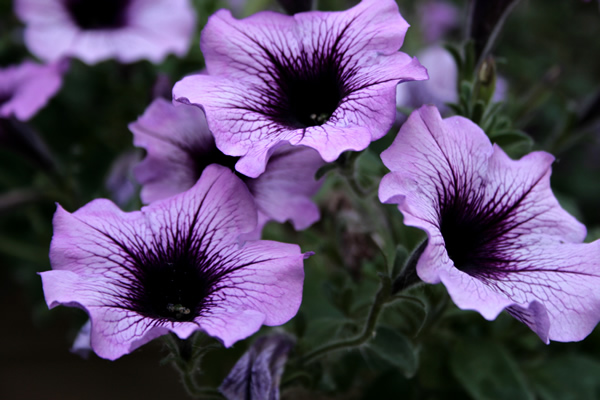
Puzzle: Tea Rooms
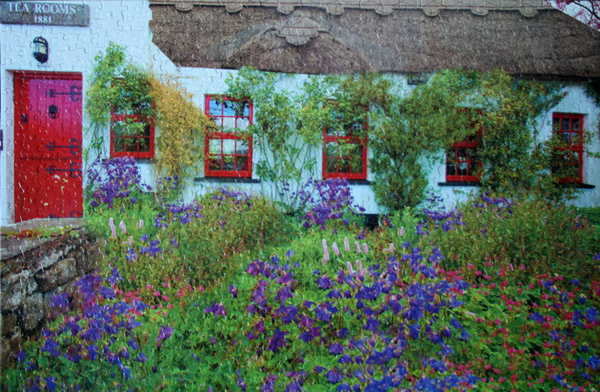
Size: 750 pieces
Dimensions: 59.7 cm x 39.4 cm
Producer: The Canadian Group, Sure-Lox
Notes: A tea house or tearoom is a venue centered on drinking tea. Its function varies widely depending on the culture, and some cultures have a variety of distinct tea-centered houses or parlors that all qualify under the English language term “tea house” or “tea room.”
Tea drinking is a pastime closely associated with the English. Tea first arrived in England during Cromwell’s protectorate and soon became the national drink. Tea drinking became a national pastime for the English. As early as 1784, Rochefoucauld noted that “[t]hroughout the whole of England the drinking of tea is general”. Nevertheless, Anna Russell, Duchess of Bedford, was credited with the invention of afternoon tea in 1840. It spread to other parts of English society by 1864, when the female manager of London’s Aerated Bread Company is attributed with innovating the first commercial public tearoom. [Wiki]
Puzzle: Eggplant Scene
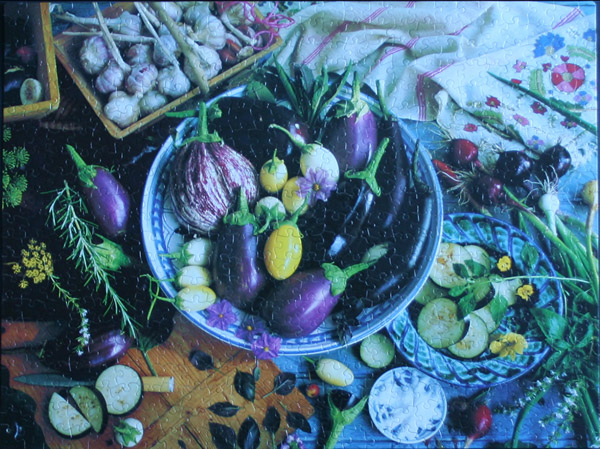
Size: 1000 pieces
Notes: I do not have a record of the producer of the puzzle as I do not have the box anymore. A clarification is welcome – if you have any clue as to the details regarding this puzzle, I would much appreciate that information.
The eggplant, aubergine, melongene, brinjal, or guinea squash (Solanum melongena) is a plant of the family Solanaceae (also known as the nightshades) and genus Solanum. It bears a fruit of the same name, commonly used in cooking. As a nightshade, it is closely related to the tomato and potato and is native to India.
The fruit is botanically classified as a berry, and contains numerous small, soft seeds, which are edible, but are bitter because they contain nicotinoid alkaloids, unsurprising as it is a close relative of tobacco.
The first known written record of the plant is found in Qi min yao shu, an ancient Chinese agricultural treatise completed in 544. The numerous Arabic and North African names for it, along with the lack of the ancient Greek and Roman names, indicate it was introduced throughout the Mediterranean area by the Arabs in the early Middle Ages. [Wiki]
Photo: Fluffy Plume, July 1, 2011
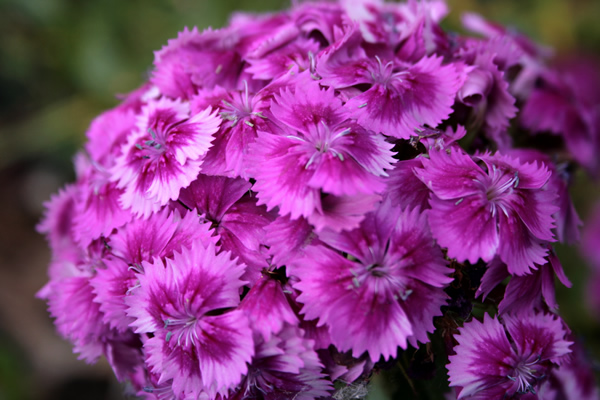
Photo: Flower Sun, July 1, 2011

Photo: Purple Towers, July 1, 2011

Photo: Yellow Stars, July 1, 2011
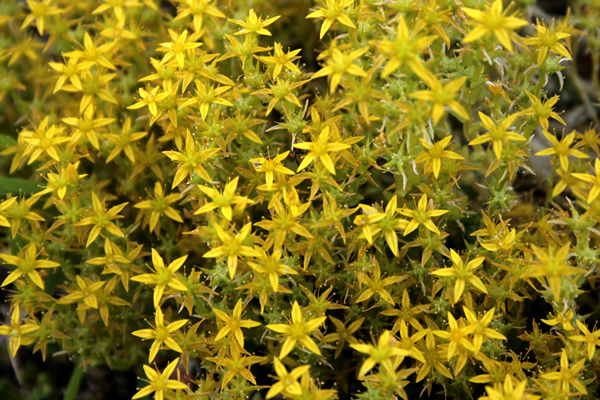
Photo: A Rose by Any Other Name, July 1, 2011

Photo: Evergreen Zen, July 1, 2011
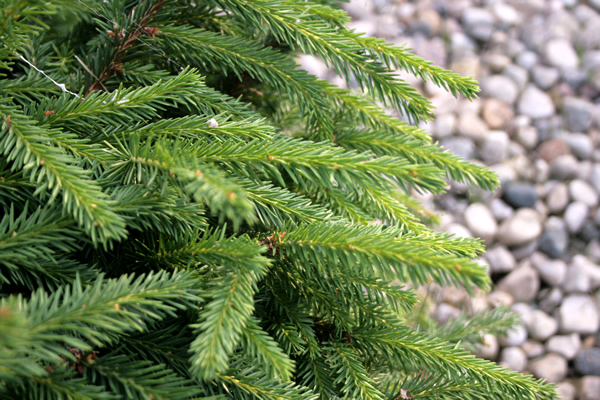
Photo: Pink tribbles, Experimental Farm Arboretum, May 22, 2011
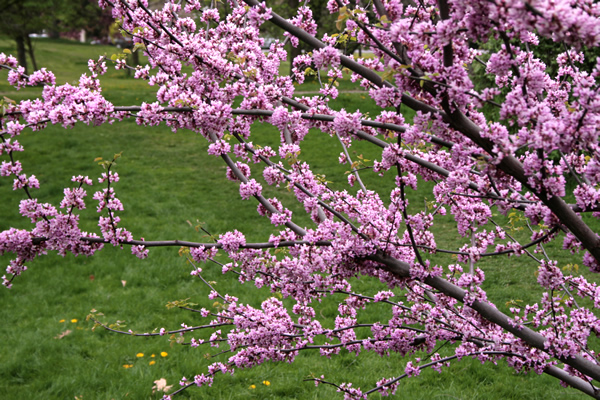
Photo: Burnt, garden, May 25, 2011
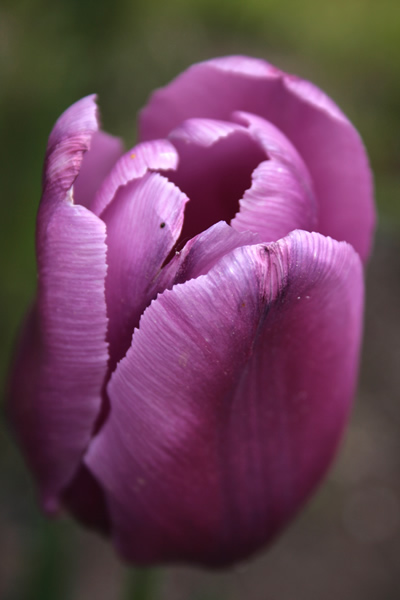
Photo: Lilac hedgehog, Experimental Farm Arboretum, May 22, 2011

Photo: Flaming onion, May 26, 2011
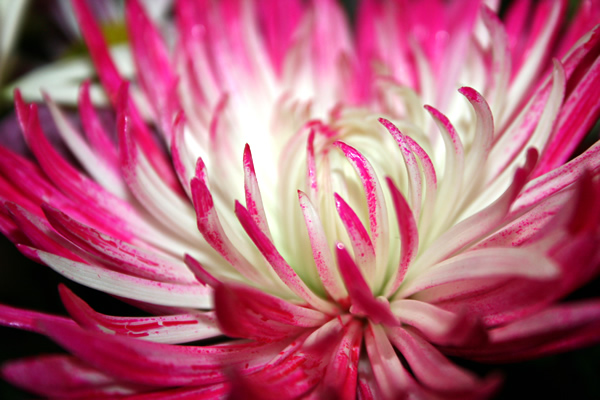
Photo: New life, Experimental Farm Arboretum, May 22, 2011
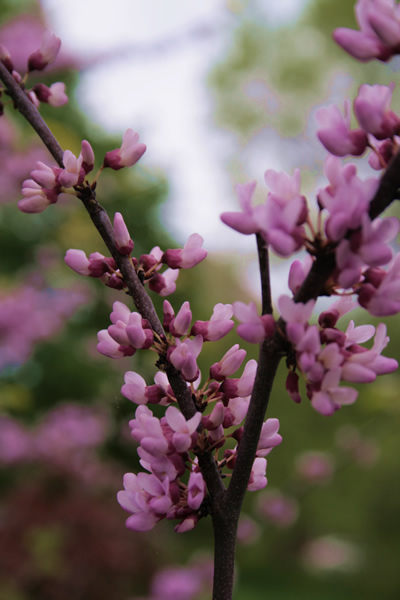
Photo: Imploring, Experimental Farm Arboretum, May 22, 2011

Photo: Reaching, Experimental Farm Arboretum, May 22, 2011
